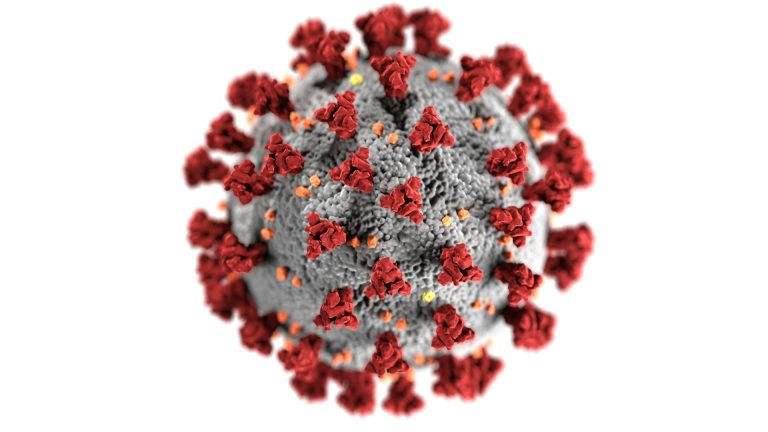Ehrlichia Canis in Dogs
While sharing life with pets brings joy, we must also pay attention to zoonotic diseases—those transmissible between humans and animals. Today’s focus is on Ehrlichiosis, a disease caused by Ehrlichia species, which poses a threat to both humans and pets. Pathogen Introduction Many may be unfamiliar with Ehrlichiosis. It is a tick-borne disease caused by…

















